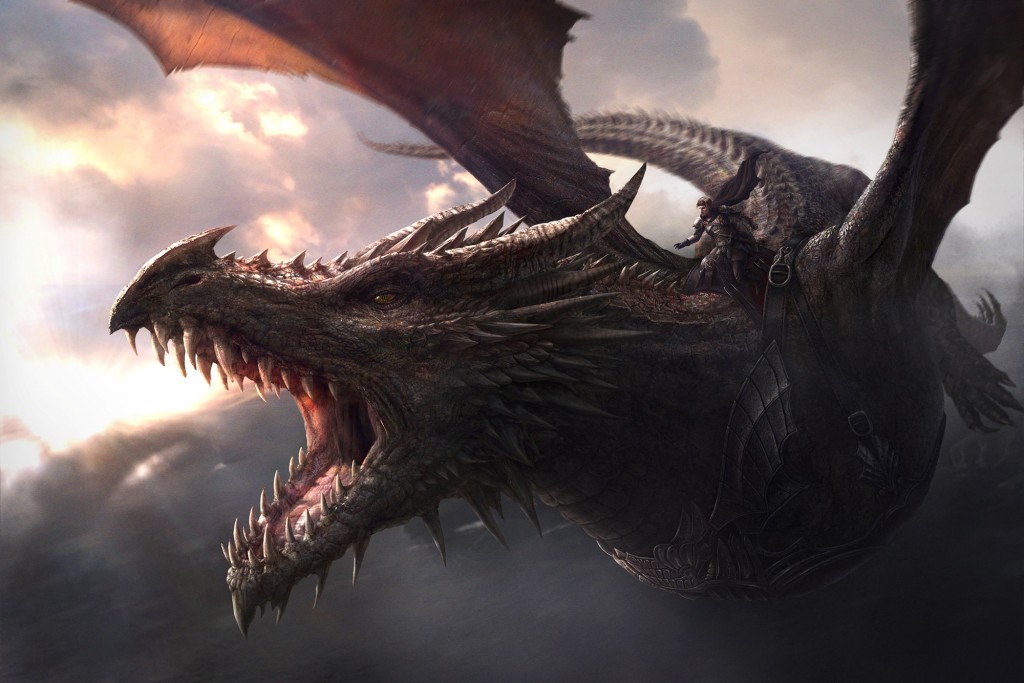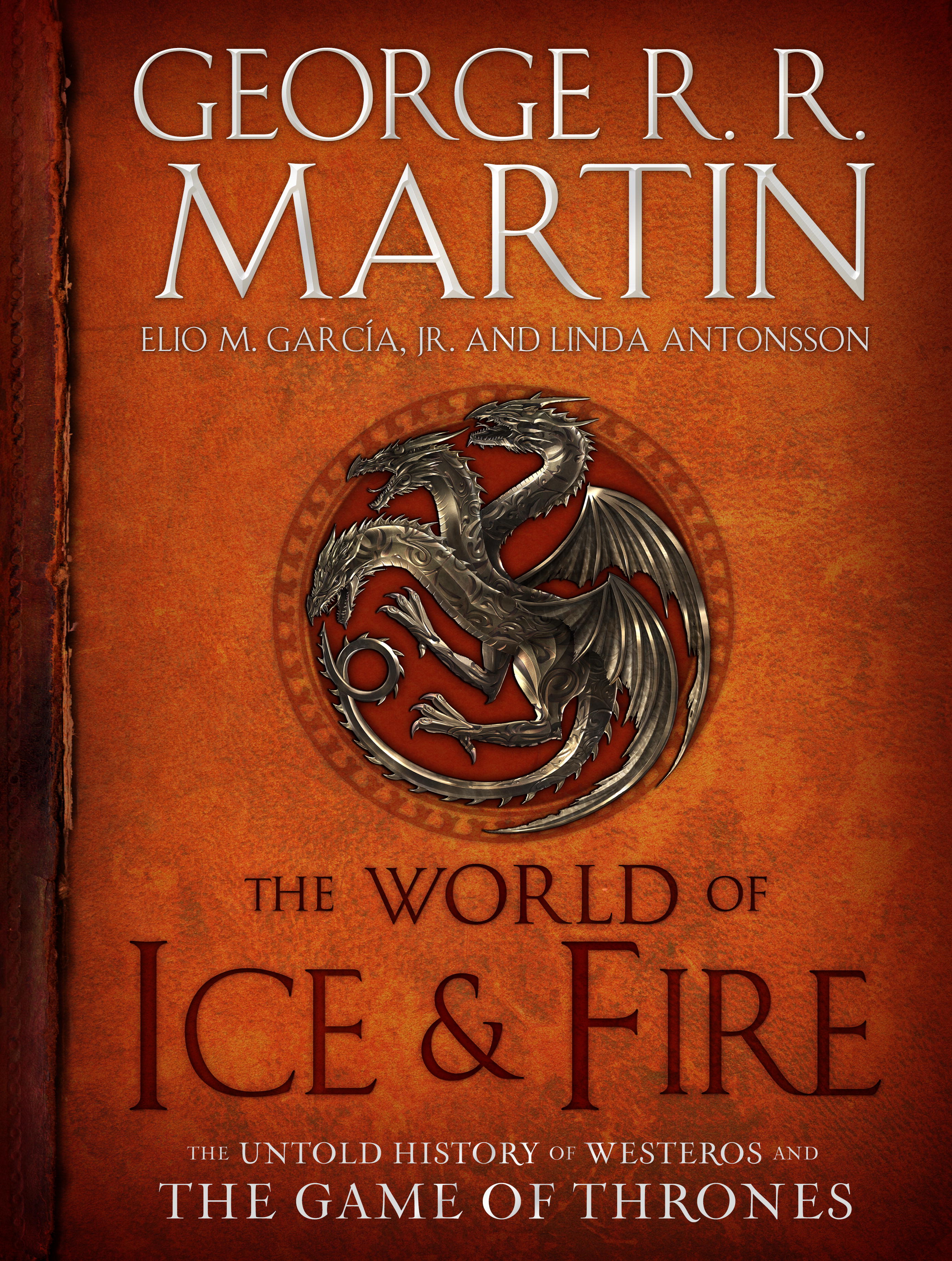leoff
They will bend the knee or I will destroy them.
Alguém mais está acompanhando as notícias desse livro?
É uma espécie de enciclopédia de Westeros, contando em detalhes muita coisa que ficou de fora dos livros. A autoria é do Martin e do casal que mantém o Westeros.org (Elio e Linda). Ele é feito como se fosse um livro entregue ao Robert logo depois de sua coroação. Como é de praxe, as histórias são contadas por mais de um narrador; 4 ao todo, creio, incluindo um meistre e um bobo da corte(!). Detalhes particularmente spoileríficos são excluídos de algum jeito (manchas de tinta), mas sempre dando pistas do que será revelado futuramente.
Infelizmente, como também é de praxe, vem sendo adiado por conta do jeito prolixo do Martin. Ia sair em outubro mas decidiu-se aumentar o livro e talvez só saia no final de 2014. A parte sobre a Dança dos Dragões original ficou tão grande que maior parte dela virou um conto a ser lançado em dezembro numa nova antologia que Martin preparou.
Peguei (em inglês) uma relação do que se sabe que estará no livro. Muita coisa boa:
É uma espécie de enciclopédia de Westeros, contando em detalhes muita coisa que ficou de fora dos livros. A autoria é do Martin e do casal que mantém o Westeros.org (Elio e Linda). Ele é feito como se fosse um livro entregue ao Robert logo depois de sua coroação. Como é de praxe, as histórias são contadas por mais de um narrador; 4 ao todo, creio, incluindo um meistre e um bobo da corte(!). Detalhes particularmente spoileríficos são excluídos de algum jeito (manchas de tinta), mas sempre dando pistas do que será revelado futuramente.
Infelizmente, como também é de praxe, vem sendo adiado por conta do jeito prolixo do Martin. Ia sair em outubro mas decidiu-se aumentar o livro e talvez só saia no final de 2014. A parte sobre a Dança dos Dragões original ficou tão grande que maior parte dela virou um conto a ser lançado em dezembro numa nova antologia que Martin preparou.
Peguei (em inglês) uma relação do que se sabe que estará no livro. Muita coisa boa:
- Some "legends" of Westeros (including tales of giants and the CotF seen in the sample pages)
- Ancient history of the Vale and the arrival of the Andals.
- The reasons behind the exile of the Manderlys, and the name of their former seat.
- Information about the "many interesting kings and lords running around in the North, back in the day", including material about the ancient Bolton kings.
- The full tale of the conquest (that GRRM read in the worldcon)
- Details of who the first kingsguard were, and why they were selected. Perhaps, the pages of the White Book corresponding to some distinguished members will appear.
- The tale of the Faith Militant uprising (included in the sample pages)
- A lengthy account of the Dance With Dragons. Part of the story evolved in the novella "The Princess and the Queen" that will be included into the Dangerous Women anthology.
- A good deal of the story of "The Vulture King"
- An amazing amount of detail of the future lives of Dunk and Egg, but written in a devious way as to avoid spoilers for future novellas.
- A description of the events in Summerhall covered with ink blots to prevent spoilers, but that'll show tantalizing hints.
- The story of the fall of the Tarbecks and the Reynes.
- A number of complete family trees spanning the last 300 years, including at least Targaryen and Stark.
- The revelation of who was Ned's mother, who belonged to a house that has appeared in the novels.
- The revelation of a surprising ancestor of the current generation of Lannisters (that should be the identity of Tytos's wife, or Joanna's mother, I guess).
- Information (but not a lot) of some significant historical Daynes.
- Brief information about some of the new Essos locations that appeared in LoIaF.
- A map depicting Valyria before the Doom.
- The debunkal, with "a few words", of a theory that Ran (Elio) didn't particularly like. (#Glee)





